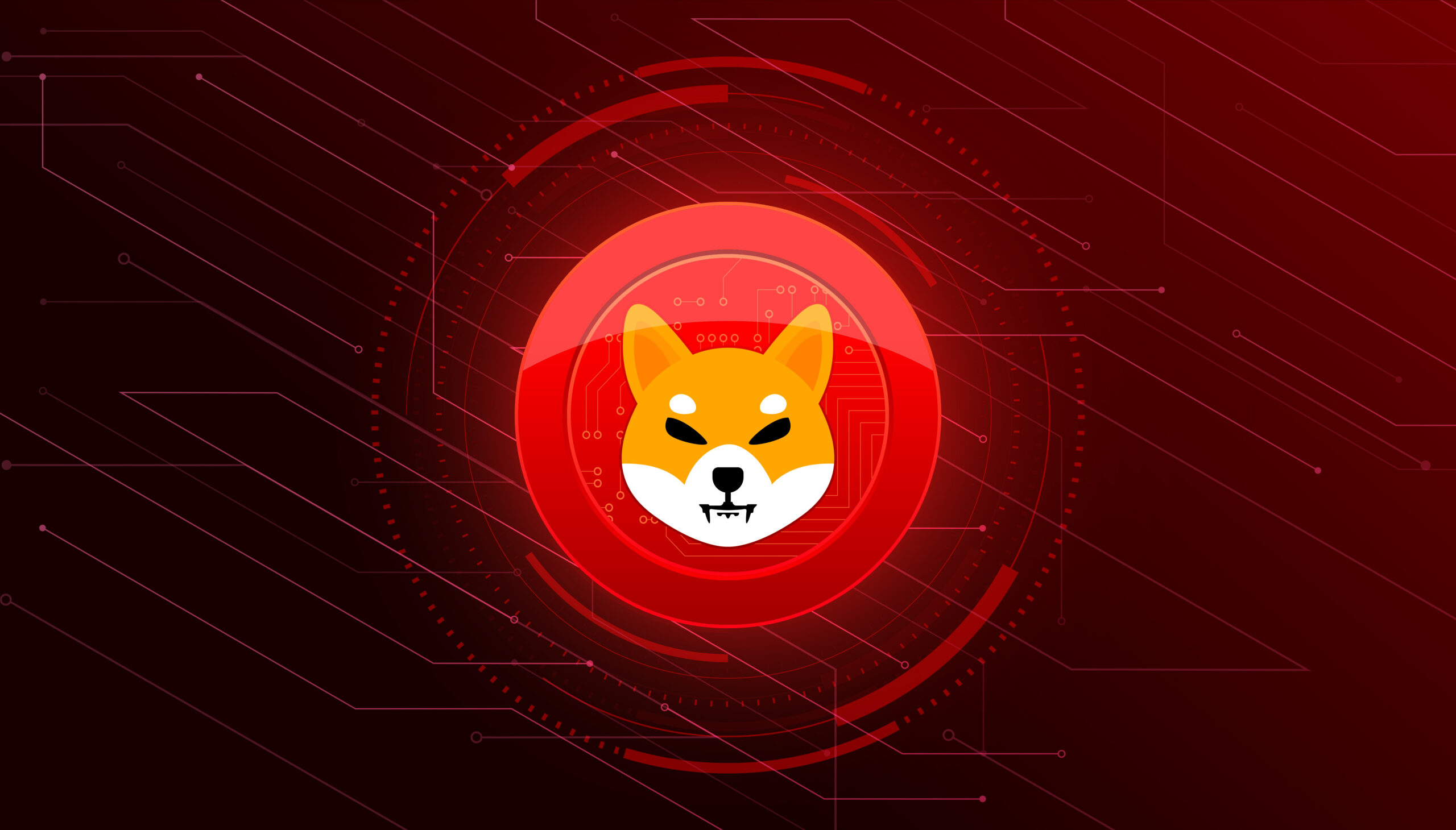A cloud-based picture archiving and communication system (Cloud PACS) has many similarities to traditional PACS. Yet, with one big difference: Ambra takes care of deploying, supporting, upgrading, and maintaining, and updating the system, allowing you to focus solely on patient care instead of worrying about IT issues. With a predictable subscription, there are no hidden or surprising costs that are often associated with a traditional PACS.
It is best to access images as well as reliable cloud backups and archives at any time and place to reduce the risk of business continuity.
How PACS and DICOM are diversified
The two are easily mixed because they go hand in hand. While PACS is a system that connects the various hardware and software components involved in the process of obtaining, storing, and examining medical images and related data, DICOM is the underlying communication protocol and format that all files access. It becomes.
Another way to understand it is that PACS is a system for storing, exchanging, and viewing medical records, whereas DICOM is like a language that carries out these activities between such systems regardless of their type – be it PACS, RIS, or EHR. Makes possible. System. This is why most medical software is DICOM compatible, meaning that users of different devices on different systems can share information without hindrance. For even greater clarity, you can find out everything about PACS here.
Why Cloud-based PACS system is a game-changer? Cloud-based PACS is similar to regular PACS, however with one major difference: storage and its features are provided by cloud-based servers. Basically, a third party, in this case, the PACS cloud vendor, is dealing with you hosting and maintaining the data. DICOM cloud storage space and its security are monitored and access to medical imaging data is available from anywhere with an internet connection.
With a cloud-based PACS system, the computer network is greatly expanded, so the range of devices that can act as a display station is much wider. Any HTML5 compliant device can access the cloud-based DICOM display online.
There are many reasons why a cloud-based PACS is superior to a local PACS:
Cheaper
Replacing local PACS with cloud-based PACS can significantly reduce costs. Storage, maintenance, and support costs will be borne almost entirely or even entirely by the PACS cloud vendor at a set price. On the other hand, with traditional PACS, you really cannot tell how the initial investment in infrastructure and maintenance is done.
Offers more storage space
Medical images have very large file sizes, especially when taken from more advanced devices. Even in smaller methods, storage needs become a problem over time as files accumulate. Using the cloud in radiology departments prevents overloading of storage.
Provides more secure storage
Cloud-based PACS is less vulnerable to hardware damage than local PACS. Because data is stored in the cloud, it cannot be lost if something happens to the internal hardware. So the data is more secure, and as an added bonus, the cost of backup and disaster recovery systems is eliminated.
Low maintenance – By choosing to use the cloud-based PACS service, the medical facility transfers storage and maintenance responsibilities to the service provider. Internal servers are out of the picture, and maintenance and updating of the IT infrastructure are left to the cloud PACS vendor.
Provides easier access to images
View medical images and data related to cloud-based PACS systems faster and easier. Doctors can view patient data outside the hospital. Web-based interfaces allow online access to medical imaging data, so anyone connected to the Internet can join the party.
Facilitates collaboration
There is much more opportunity to collaborate with cloud-based PACS because file sharing is much easier on web-based operating systems. This can provide great career opportunities for physicians and help improve the quality of services provided by medical practices.
It takes up less space
Despite the outflow of local servers, there is no need for separate storage space.
In conclusion
Multiple imaging systems Consolidation with a flexible, customizable, low-maintenance, social media adaptable cloud platform. Modality worksheets with easy-to-use and flexible routing rules create better productivity for staff and physicians alike.





